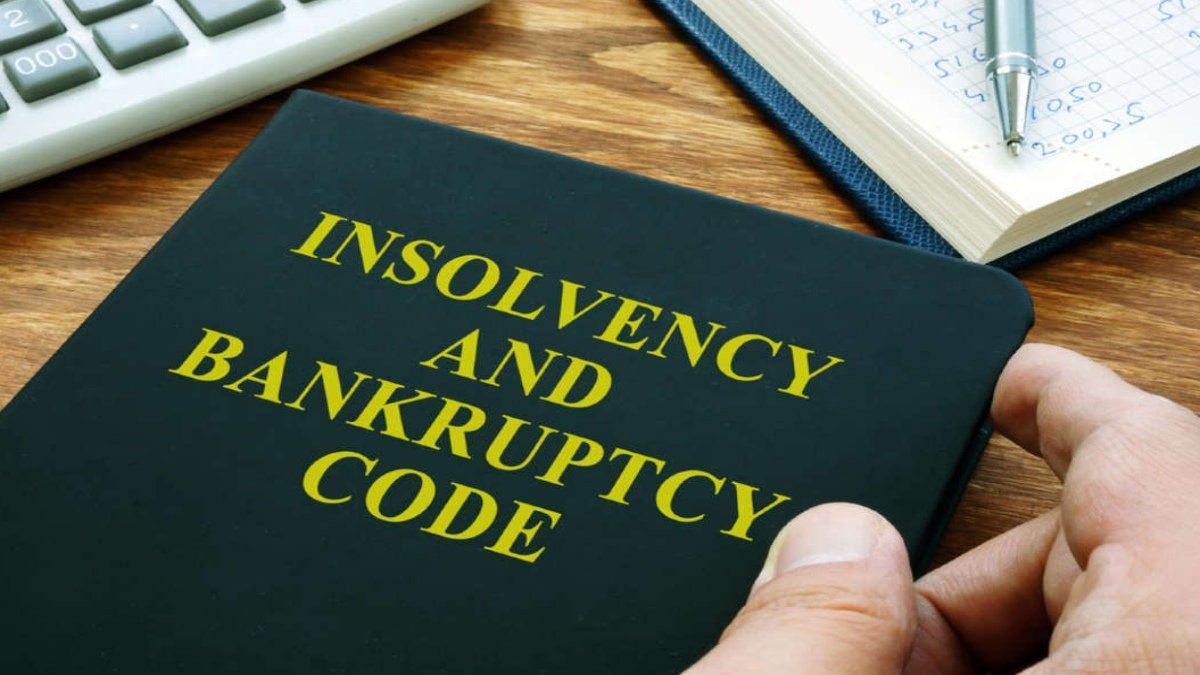1. Asset Concealment by Debtors
Debtors may hide assets to prevent them from being liquidated, reducing creditors’ chances of recovering dues.
2. Overvaluation of Assets
Inflating asset values can deceive creditors about the debtor’s financial health, delaying proper resolution and misleading stakeholders.
3. Undervaluation of Assets
Assets may be undervalued to facilitate acquisition by insiders or connected parties at a lower price during liquidation.
4. Preferential Transactions
Debtors might prioritize repayment to certain creditors, violating equitable distribution rules among all creditors.
5. Related Party Transactions
Debtors may transfer assets to related parties before insolvency to shield them from the resolution process.
6. Fraudulent Transfer of Assets
Transferring assets before insolvency to defraud creditors is common, leaving them with fewer resources for recovery.
7. Delay in Filing for Insolvency
Debtors often delay insolvency filings, worsening financial conditions and reducing the value of assets for creditors.
8. Misrepresentation in Financial Statements
Debtors may falsify financial records to present a healthier financial state, misleading creditors and resolution professionals.
9. Collusion with Insolvency Professionals
Debtors or creditors may bribe or collude with insolvency professionals to manipulate the resolution process.
ALSO READ: Join The Movement: Registration Open for ‘Cyber Safe Uttar Pradesh’ Event by FCRF on October 17
10. False Claims by Creditors
Creditors may submit inflated or fraudulent claims to gain undue benefits from the insolvency resolution process.
11. Debtors Continuing Business Irregularities
Some debtors continue engaging in unethical business practices even after entering the insolvency process, damaging creditor interests.
12. Non-Cooperation with Insolvency Professionals
Debtors may refuse to cooperate with insolvency resolution professionals, hindering the smooth conduct of the resolution process.
13. Manipulation of Committee of Creditors
Certain creditors may manipulate voting in the committee to gain undue advantage over other creditors during the resolution process.
14. Misuse of Moratorium Period
Debtors may misuse the moratorium period to further transfer assets or engage in activities detrimental to creditors.
15. Undisclosed Liabilities
Hiding or underreporting liabilities creates false impressions of the debtor’s financial position, harming fair distribution.
16. Phantom Transactions
Debtors may create fictitious transactions to inflate claims or confuse the insolvency process, delaying resolution.
17. Fraudulent Creditors
Fake creditors may file claims to siphon off funds meant for legitimate creditors, distorting the resolution process.
18. Improper Use of Interim Finance
Misusing interim finance allocated during the insolvency process can reduce available resources for asset resolution.
19. Fraudulent Company Revival Proposals
Debtors may submit fake revival plans with no intention of fulfilling them, delaying liquidation and harming creditors.
20. Collusive Bidding during Liquidation
Insiders or related parties may collude to acquire assets at undervalued prices during the liquidation phase, harming creditor interests.


